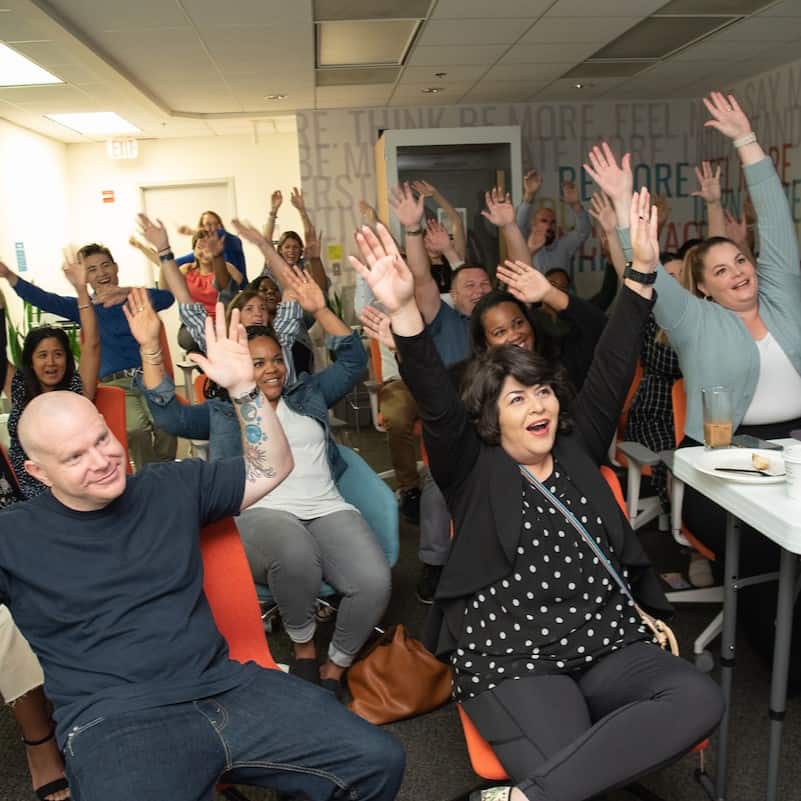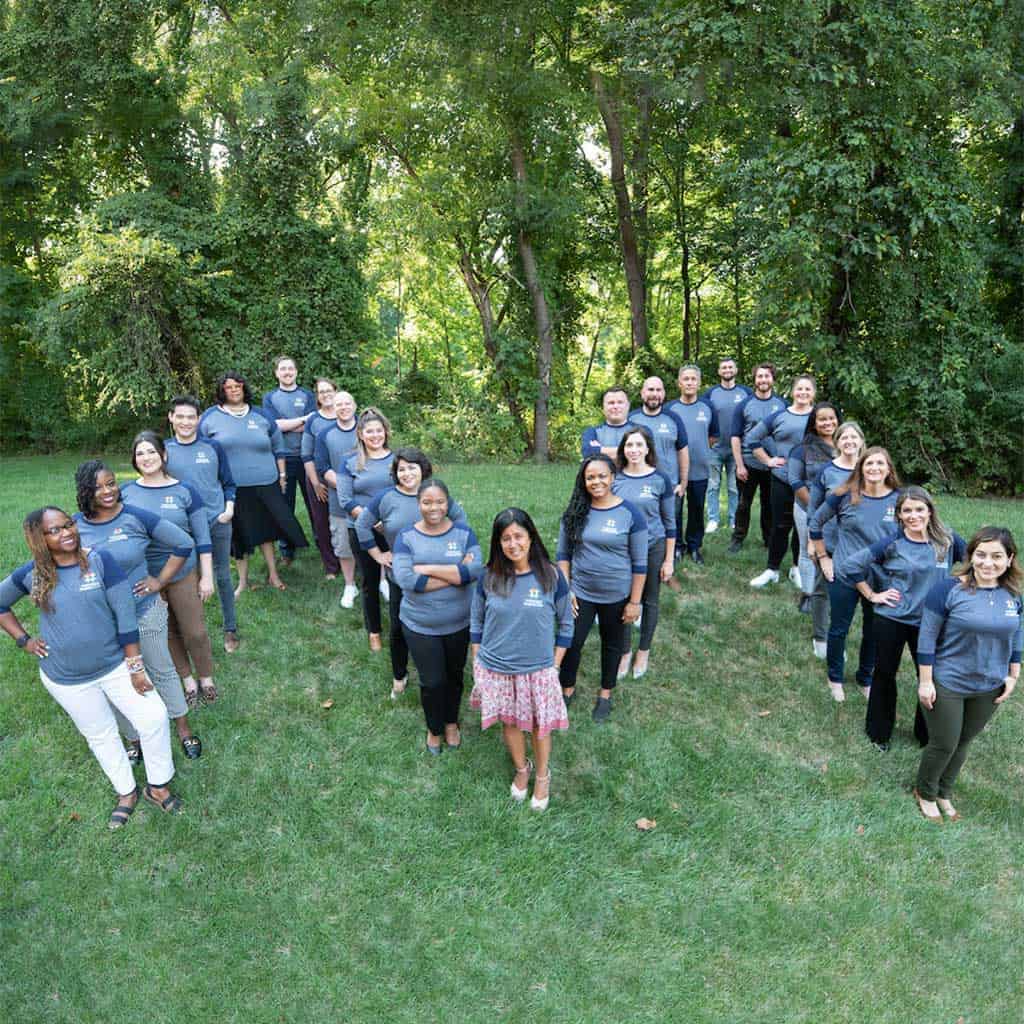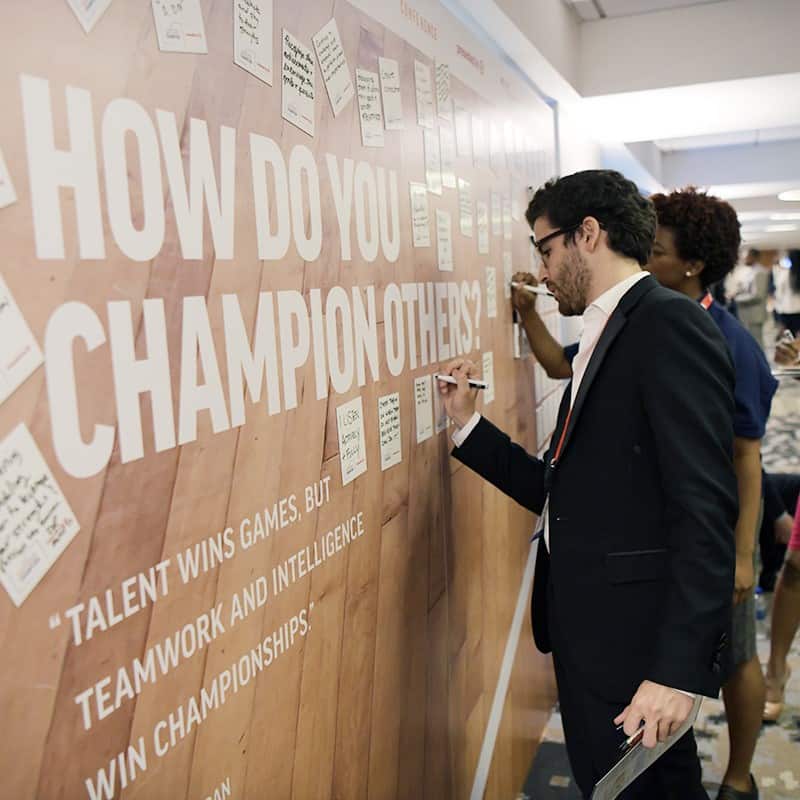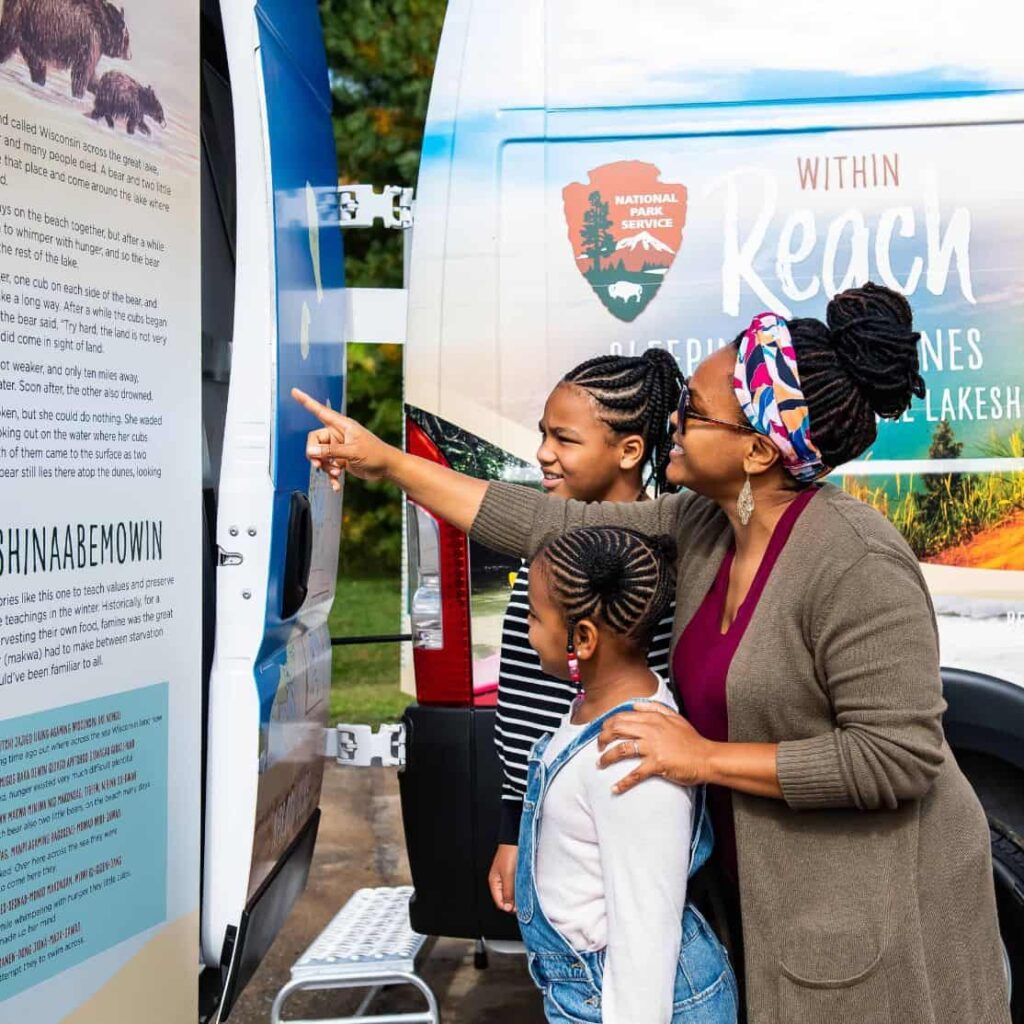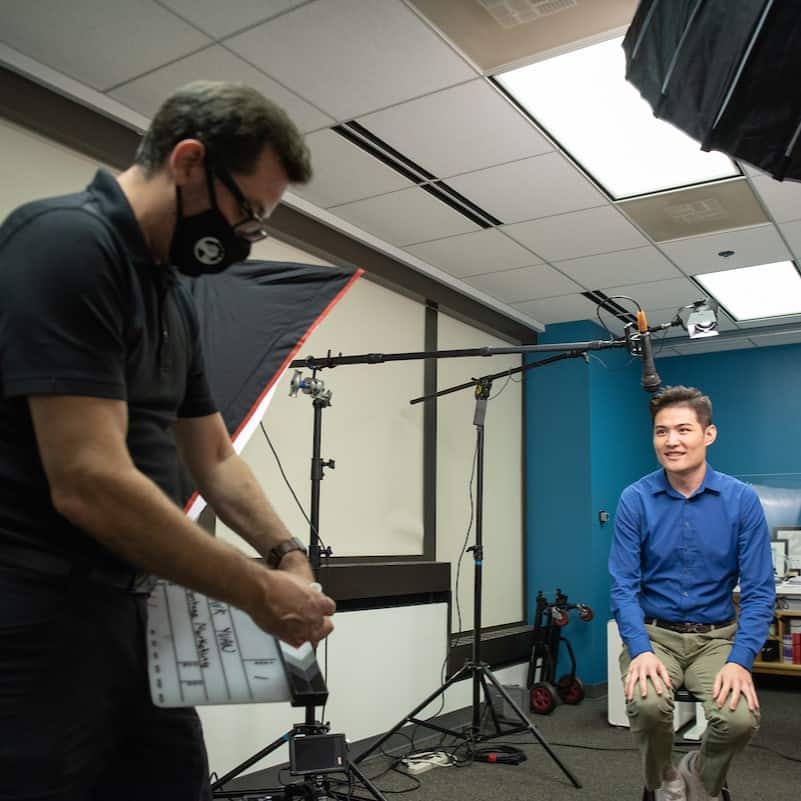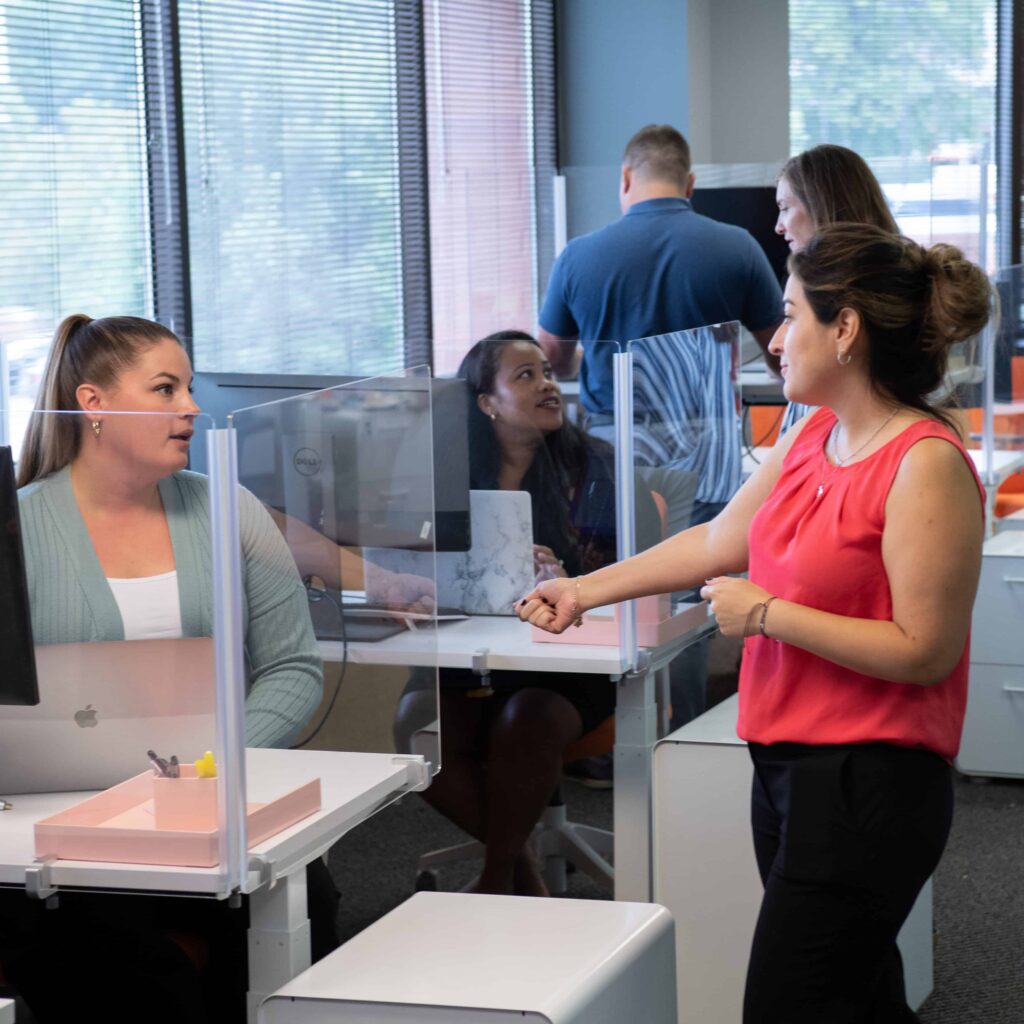
On your phone, on the street, in your car, at the gym—wherever you go, a marketing message awaits. I picture it looking a bit like the mucus monster from the Mucinex commercials. The marketing message prepares to fill your head.
Experts suggest that the average American is exposed to up to 5,000 marketing messages per day. But barring the Mucinex mucus monster, how many of them are memorable? Much to a marketers dismay, customers’ brains don’t make room for most of the messages they receive.
But one method breaks through the congestion: live experiences.
Great experiences function like Mucinex. They bring clarity, allow you to marvel in the moment, and make you feel so good that you want share your experience with others. When it comes to these six things, live experiences outperform other marketing methods.
1. Immerse Customers In Brand Character
How many of your memories involve a sound, fragrance or flavor? Live experiences create opportunities for powerful multi-sensory engagement. Customers cannot only see the functionality and effectiveness of your product or service, they can try it for themselves. Sound, scent, touch and taste enhance logical and emotional appeals and immerse customers more fully in your brand character. It’s no wonder 87 percent of consumers say live experiences help them understand products or services better than TV and other mediums.
2. Introduce And Educate People About Difficult Topics
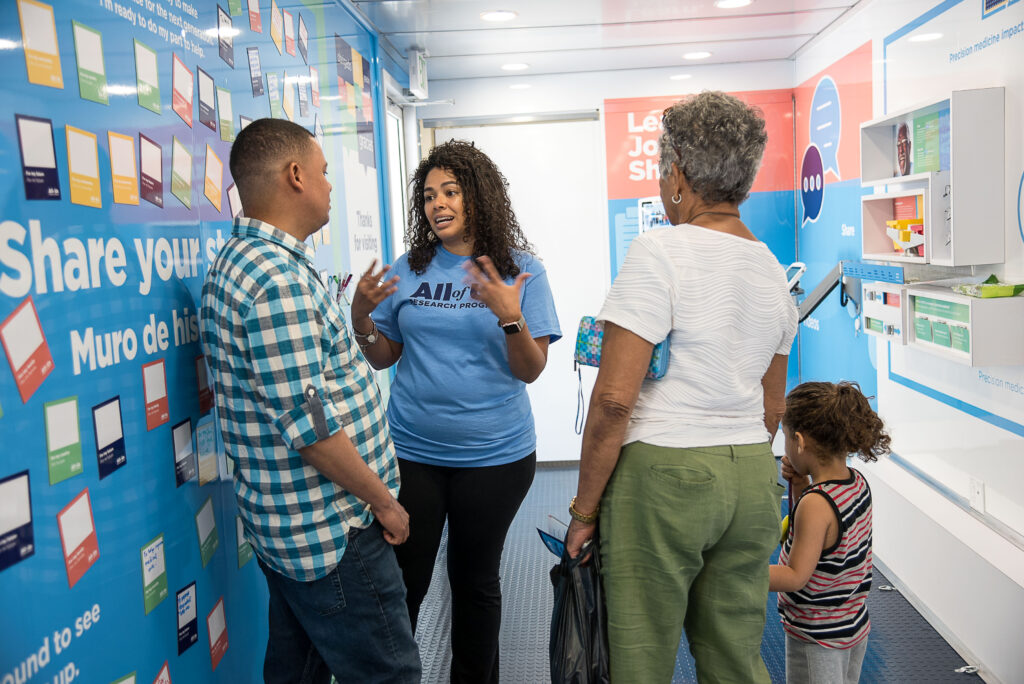
Traditional forms of advertising communicate in only one direction—outward. Live experiences, on the other hand, invite audiences in and inspire dialogue. Trained brand representatives can field questions, clear up misconceptions and communicate benefits directly to consumers, face-to-face.
Take the All of Us Research Program, for example. Over the next 9 months, trained ambassadors will travel the country with the All of Us Journey, a mobile education center, to raise awareness about the effort to help accelerate research and improve health outcomes for all Americans. The representatives can adapt their message to account for the language, cultural sensitivities, environment, and learning styles of diverse audiences. These tailored interactions maximize the potential to build trust and break down barriers of fear, concern, and skepticism when educating audiences about biomedical research.
3. Give People A Voice And Gather Feedback
Do you pay a market research firm to gather feedback about your product, service or brand? Live experiences offer built-in opportunities to tap equally juicy insights—and then some. Just as brand ambassadors field questions and tout benefits, so too are they able to collect feedback and gauge reactions.
Engagements allow brands to gather consumers’ beliefs, needs and demands in a structured manner, such as interviews and surveys. What’s more, they can observe what goes unsaid via nonverbal cues like facial expressions and body language. Properly trained event staff should be able to capture all the thoughts, feelings and reactions your brand pays the big bucks for a research firm to collect.
4. Leave A Positive Impact On Communities
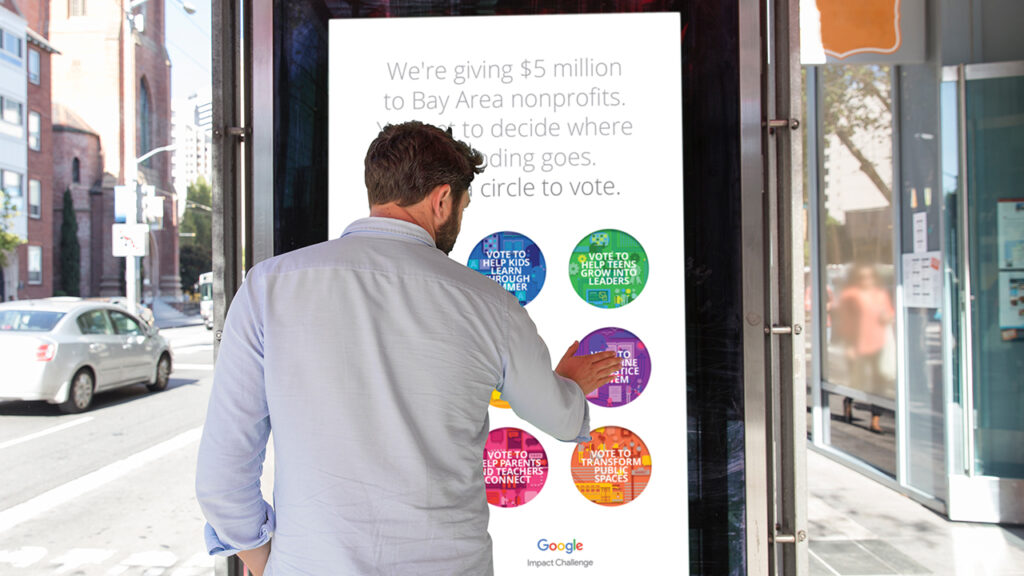
Good experiences provide a mutual benefit for both brand and participant. They can also positively affect communities as a whole.
Google’s 2015 Impact Challenge, for example, engaged Bay Area citizens in a greater purpose, helping provide $5.5 million in funding to nonprofits in the region. Meaningful experiences, charitable or otherwise, engender customer trust and loyalty. Indeed, 95 percent of businesses state that events are essential for development and retention of long-term customer relationships.
5. Drive Word Of Mouth
Experiences are meant to be shared. Both in the moment and well after it’s over, we love to tell friends, family, even strangers about an awesome or awful experience we had.
Research indicates that people who participate in a live brand experience tell an average of 17 other people about it. And each of those 17 are then likely to tell 1.5 other people! In our review-reliant culture (3/4 of people consult friends on social media before making a purchase), this word-of-mouth wave should be ample motivation for nailing your next experiential activation.
6. Yield User-Generated Content
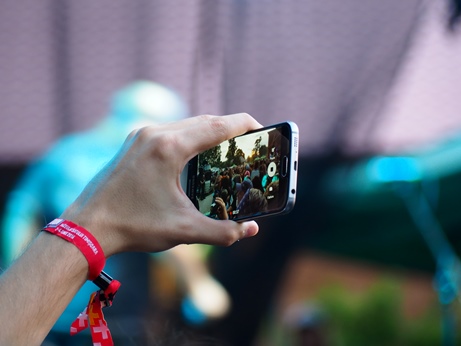
People want to have a great time. They also want others to know that they are having a great time. Capturing the moment and sharing it via social media have become commonplace. And it’s up to brands to take advantage.
Organic engagement of any kind is a big win. But by monitoring hashtags, location tags and check-ins, your brand can derive even more value in the form of user-generated content.
Introduce a hashtag to make posts trackable. Incorporate an interactive element into your activation to stimulate sharing. Share audience images, videos and posts through your own social media channels, incorporate them into your website or merge them in an advertisement. The possibilities of user-generated content are plentiful.
Takeaway
To make the most of your experiential activation, consider how it can benefit your brand broadly. From building relationships with consumers to gathering feedback, improving communities to collecting content for future use, live experiences top other marketing methods.
